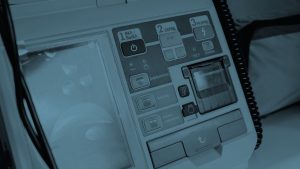
Purpose of review: Sudden cardiac arrest and sudden cardiac death are less common in children and adolescents than in the adult population. The outcomes from sudden cardiac arrest are generally quite poor in all ages and some data suggest that they are worse in the child and adolescent age group. In addition, the incidence of bystander cardiopulmonary resuscitation (CPR) and automated external defibrillator (AED) use is generally quite low although it is somewhat variable across communities. This review has been written in order to review the data for pediatric bystander CPR and AED use as it relates to out-of-hospital cardiac arrest (OHCA) survival. The purpose of this article is also to review endeavors at CPR–AED education in the context of improving both community bystander CPR/AED interventions and OHCA survival. Finally, this review will attempt to suggest some potential educational interventions in order to increase both bystander CPR-AED use and OHCA survival in local communities.
Recent findings: Findings from several recent studies suggest that the incidence of bystander CPR–AED intervention is relatively low and that OHCA survival is also quite low in most communities. Several studies also suggest that community educational efforts can increase bystander CPR–AED interventions. The increase in OHCA survival may be attributed to the community educational efforts, yet that increase in survival is relatively small. A prospective high-school study has shown that in this very specific environment, a high incidence of CPR–AED use can be achieved, and that as a result the OHCA survival can be relatively high.
Summary: It would be beneficial to attempt to ensure that all schools have a CPR–AED program along with a group of individuals trained to do CPR and use an AED. Not only should all schools have a cardiac emergency response plan (CERP) but all schools should have CPR–AED programs and all students should learn CPR and AED use prior to graduation. This strategy will ensure that we will have a community of individuals who would perform CPR and use an AED in the community and that in so doing we could increase the incidence of bystander CPR/AED use and increase the OHCA survival rate.
Link to full article;
CPR and AEDs save lives: insuring CPR–AED education and CPR–AED access in schools – PubMed






